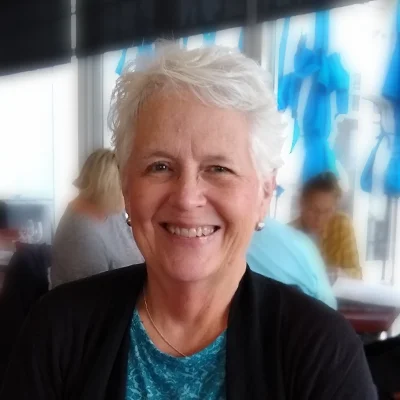— Joseph Campbell
Therapy
In my view, folks seeking therapy are intelligent individuals who want assistance or guidance in making things better in their lives and relationships. I help people tap into their own strengths to achieve their goals, both personally and professionally.
I offer both in person and telehealth/video sessions. I see primarily adults, or children and adolescents within the context of family therapy.
Depression, anxiety, relationship issues, problem solving, and meaningful work are areas I address. Additional areas of interest are trauma, Complex PTSD, addiction, and work related issues.
My approach is eclectic, a combination of cognitive behavioral, insight oriented, and family systems techniques. I also use EMDR (Eye Movement Desensitization and Reprocessing), which can be very effective in the treatment of trauma, anxiety and fears, as well as promoting positive behaviors and a sense of confidence.

Fee: $150 per session
Many insurances accepted